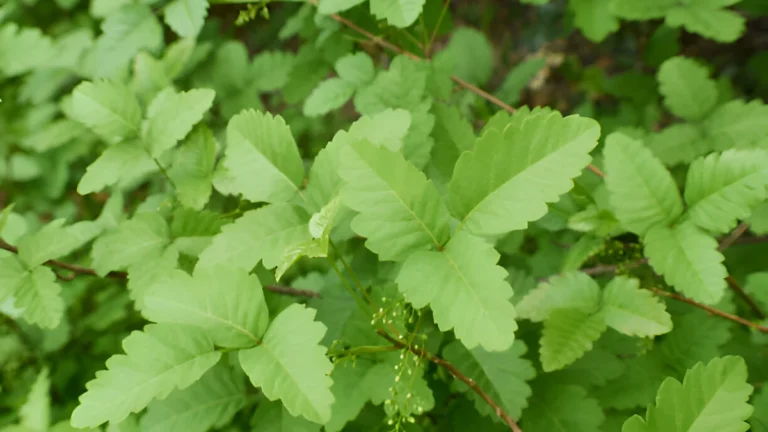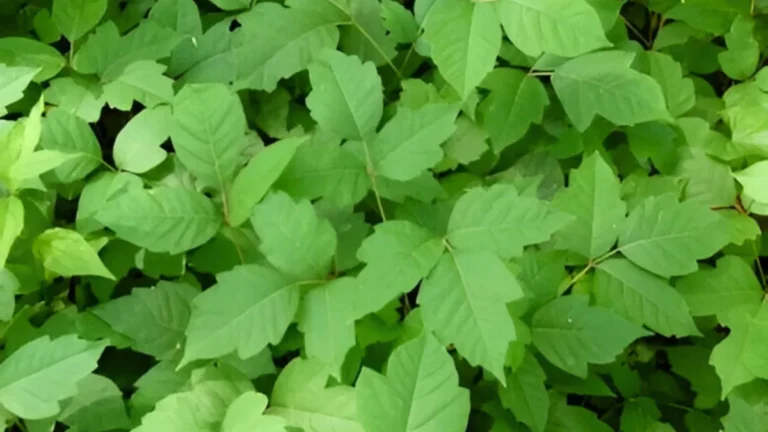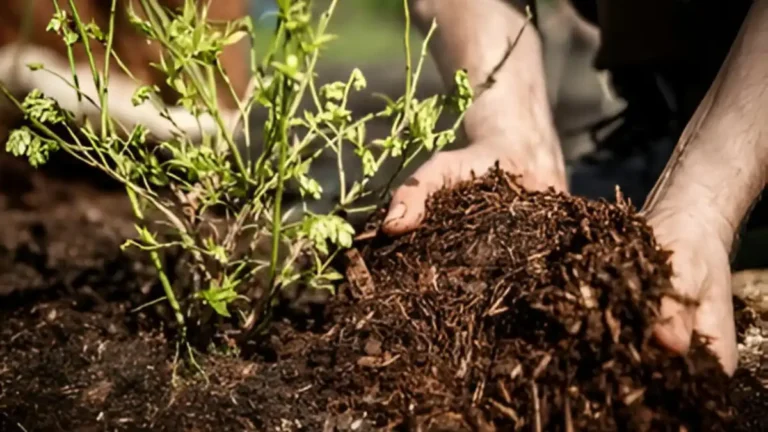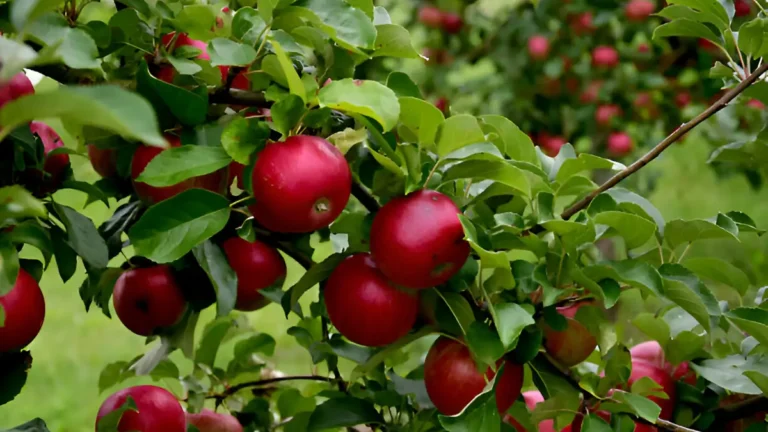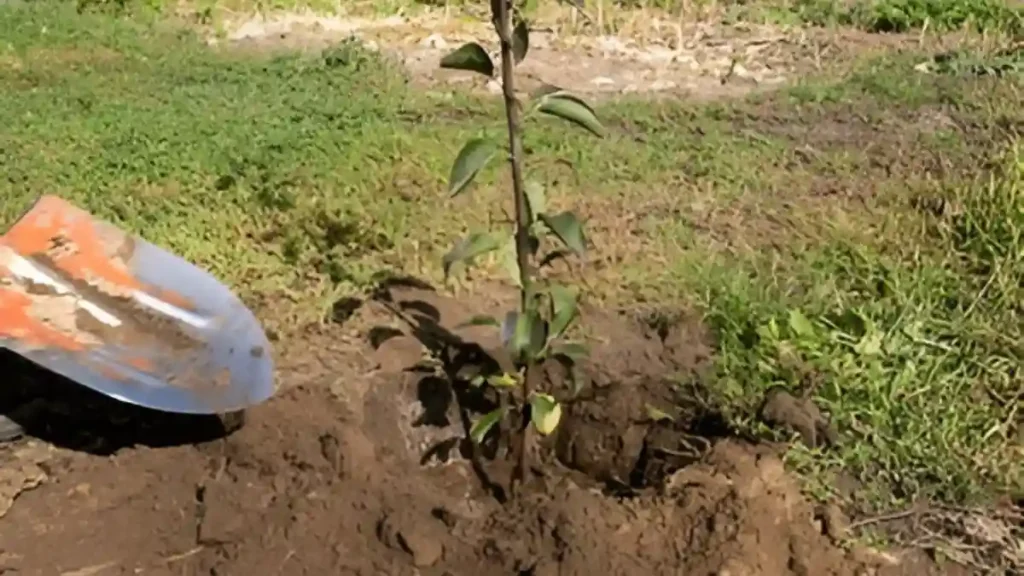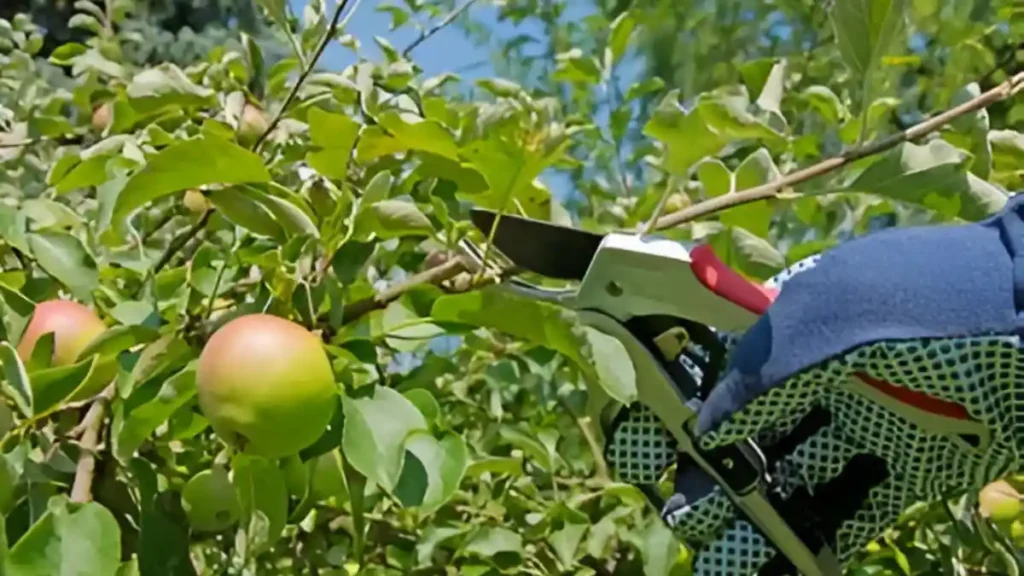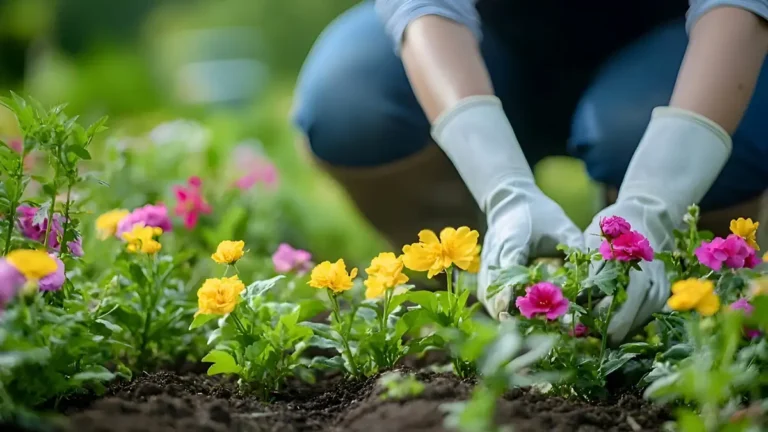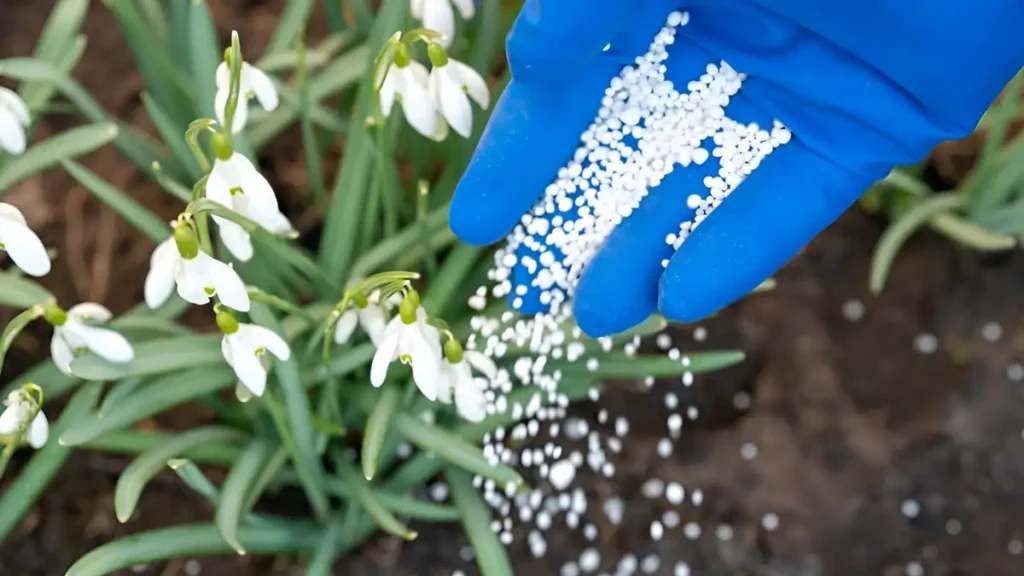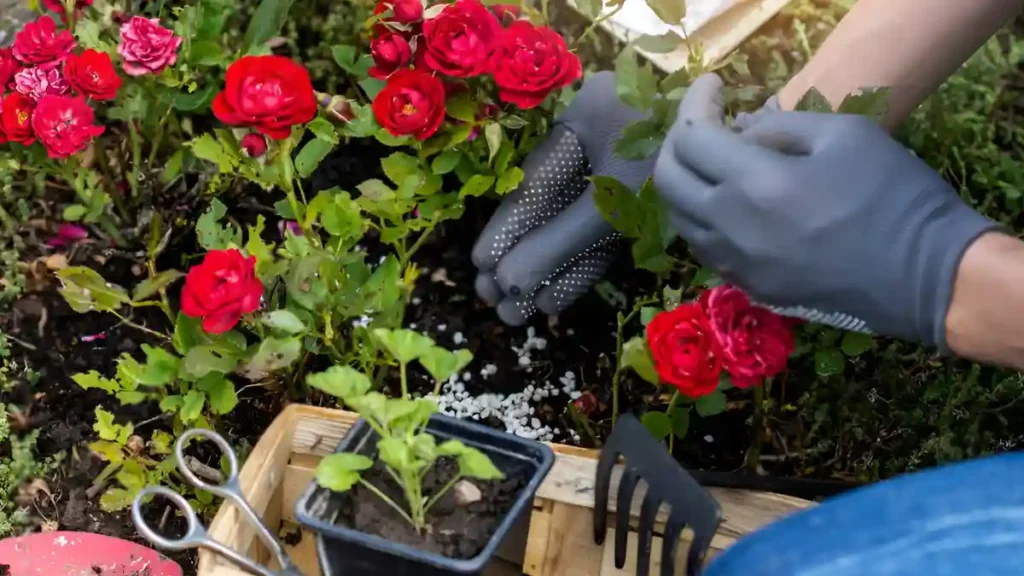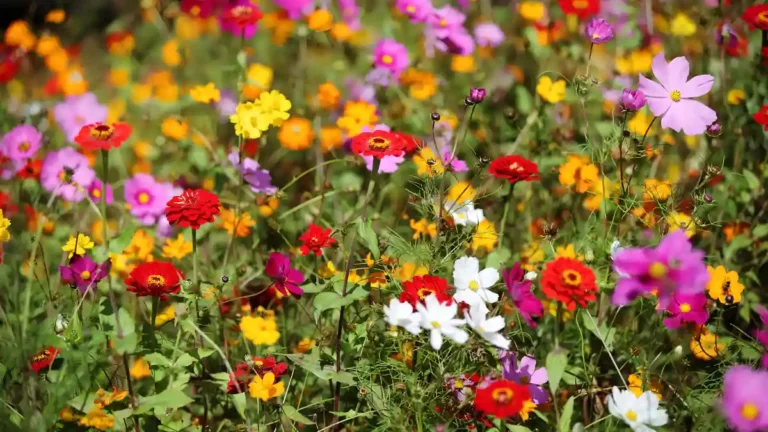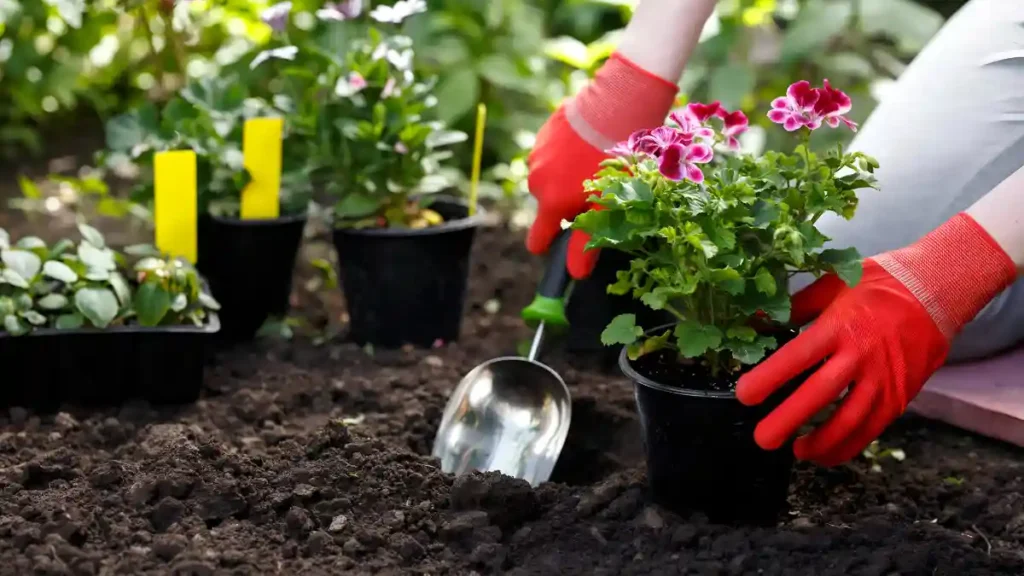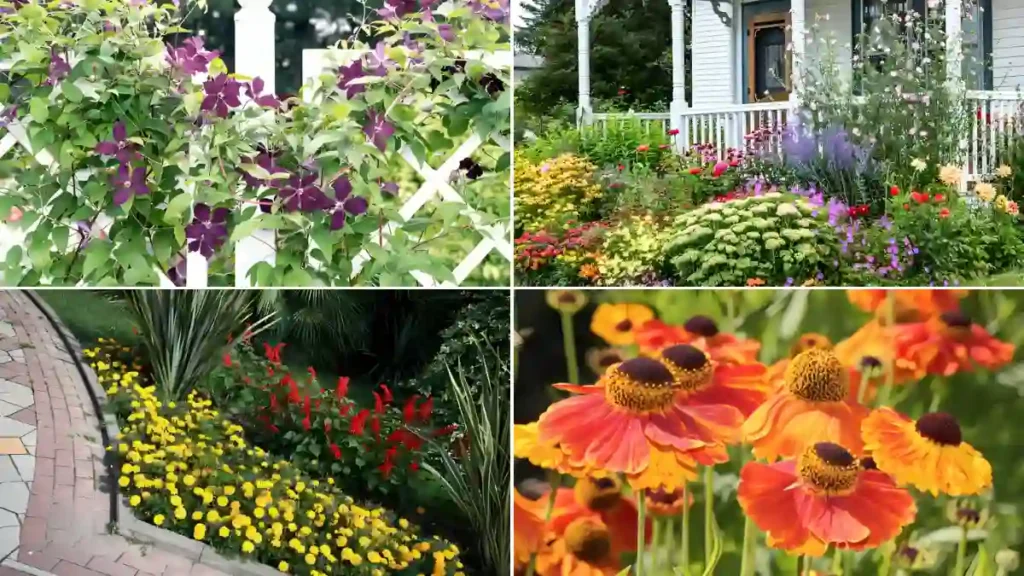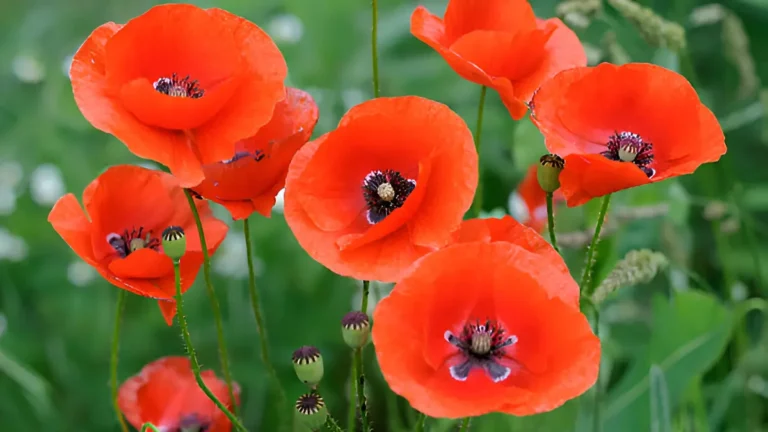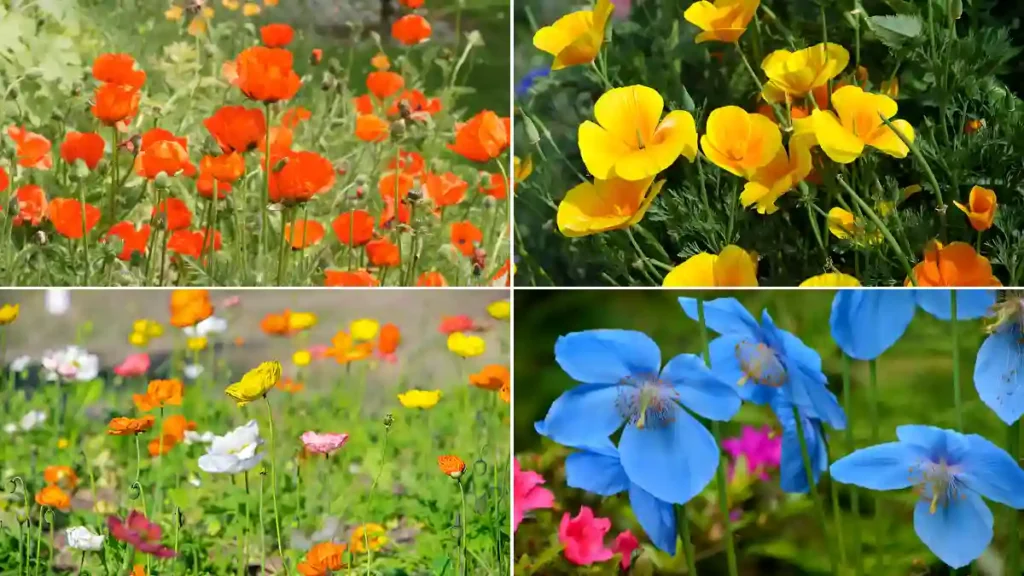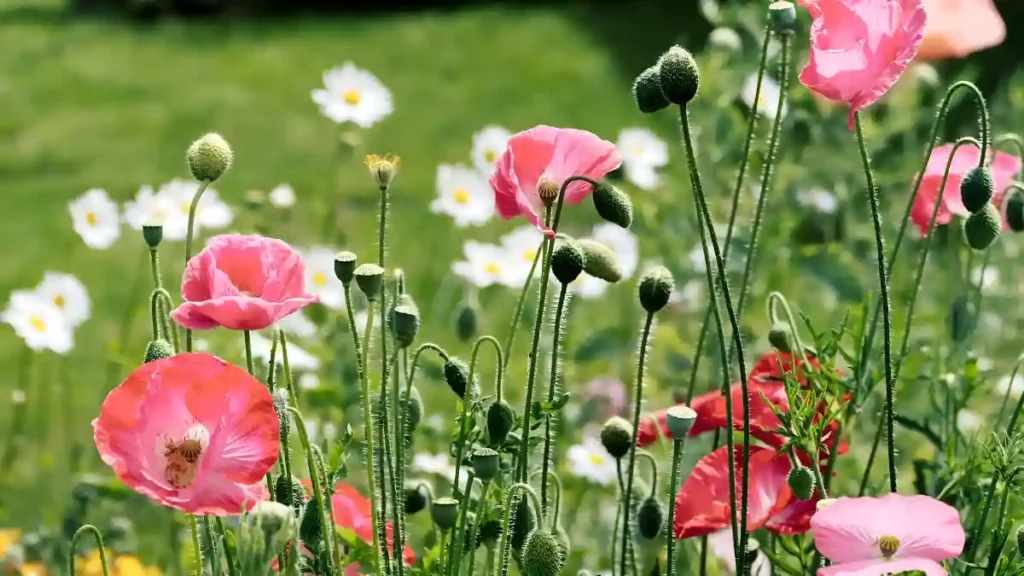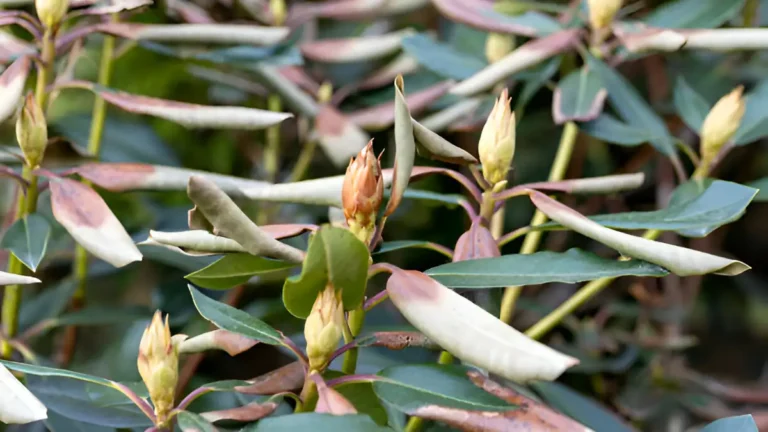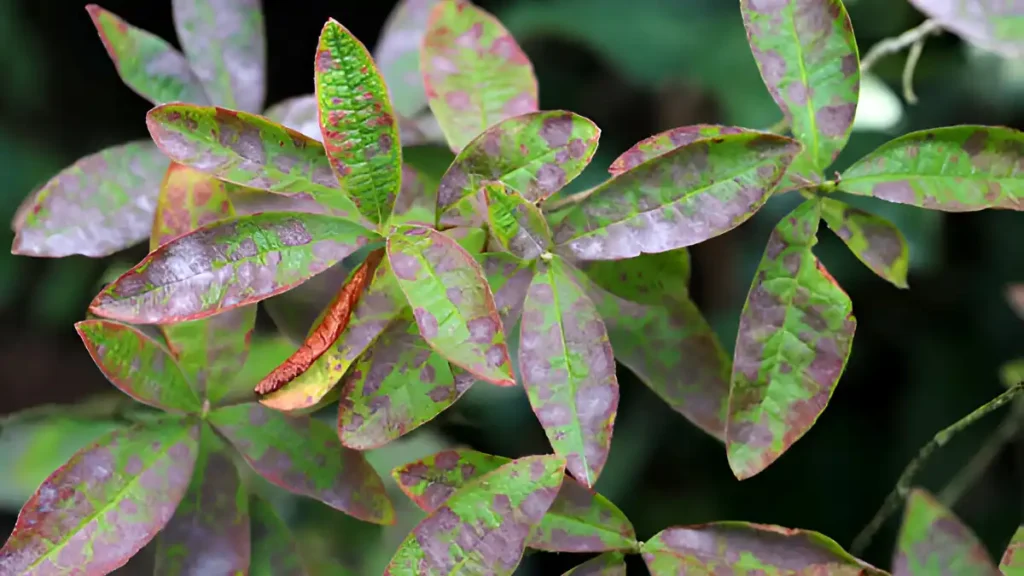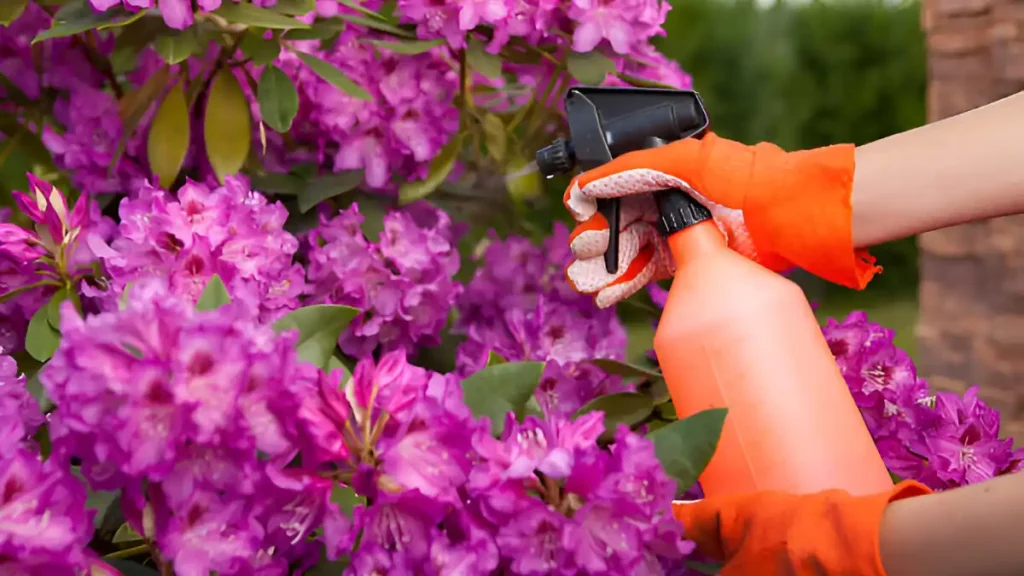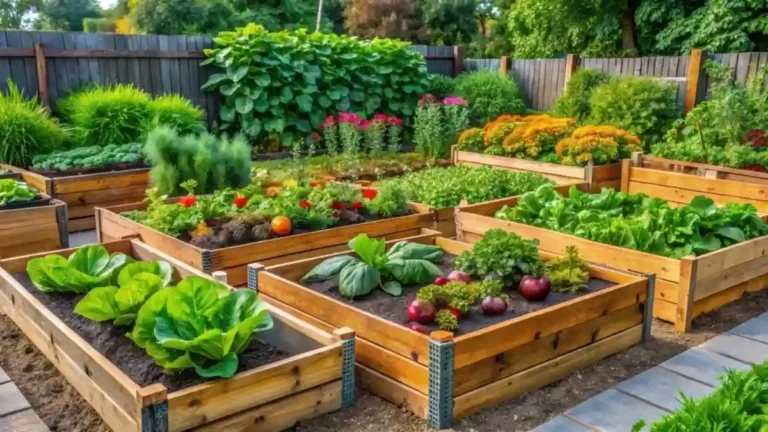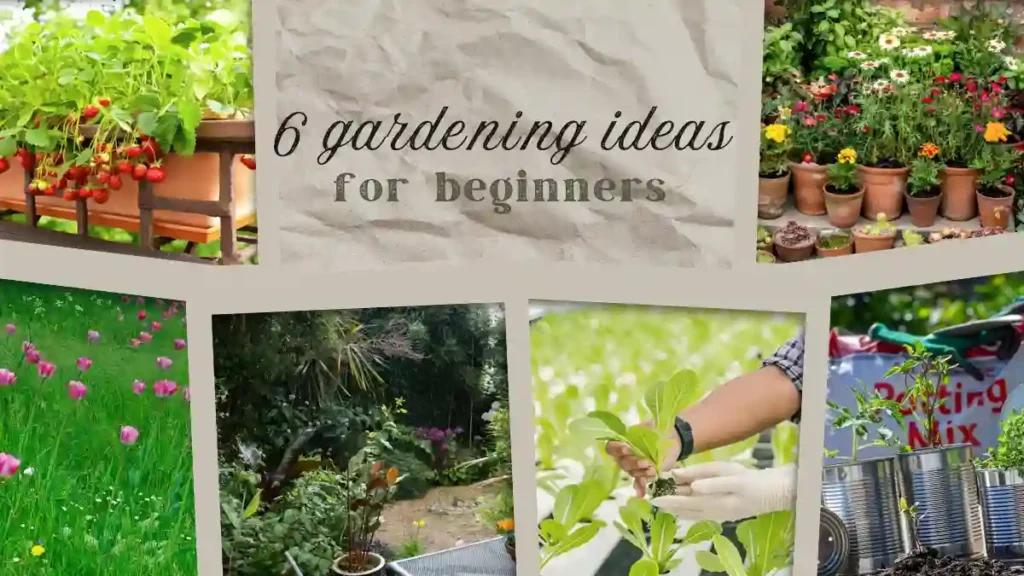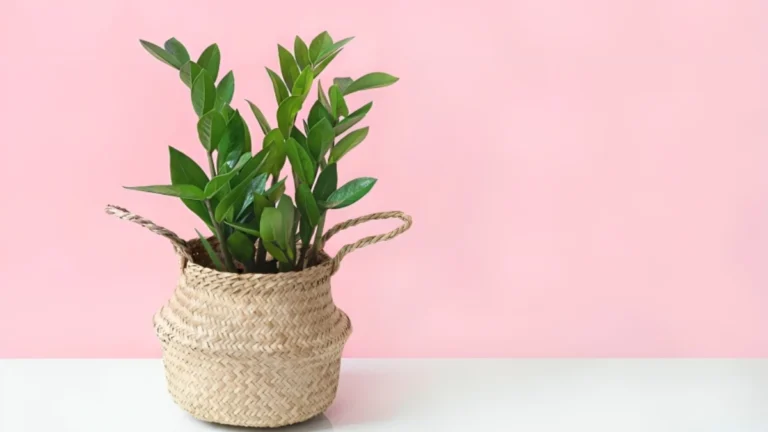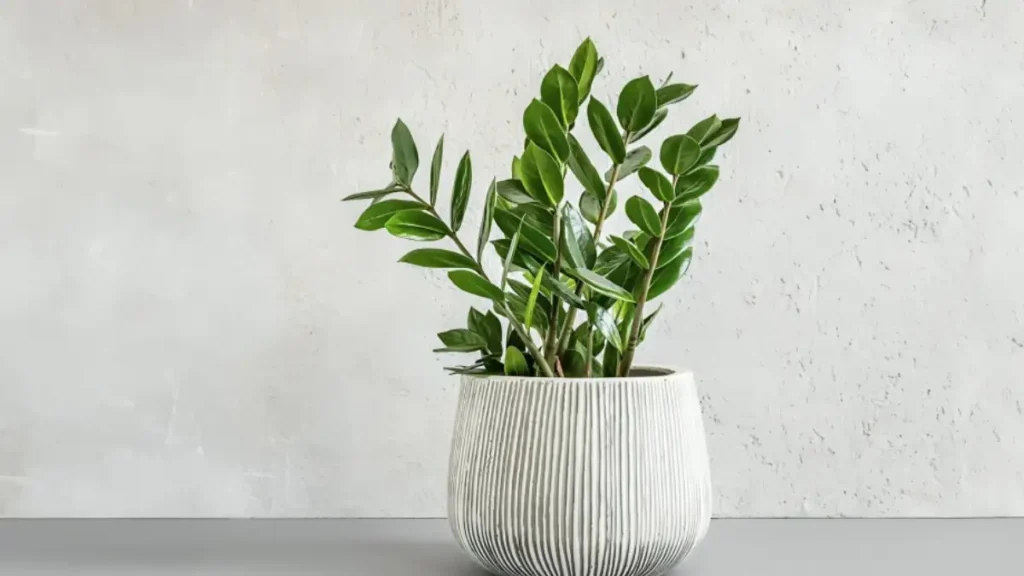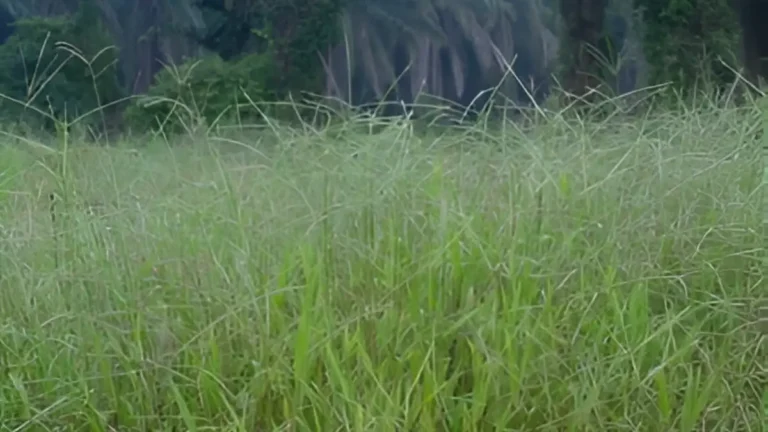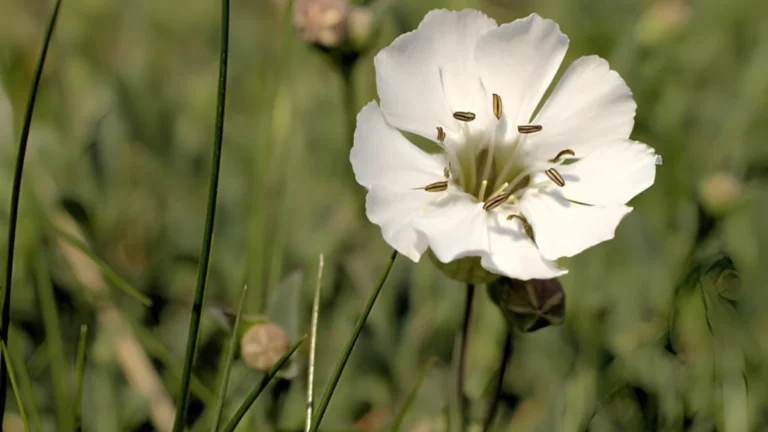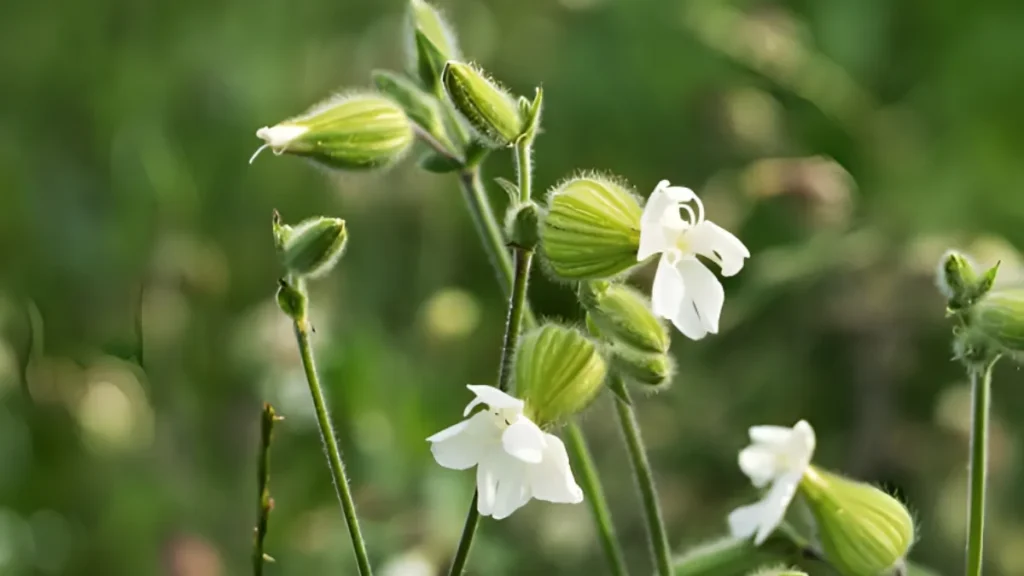Poison oak is more than a nuisance; it poses a significant hazard to outdoor lovers, gardeners, hikers, and even homeowners. This hazardous plant can cause serious skin reactions and is frequently misunderstood or underestimated due to widespread misconceptions and misinformation. This thorough book provides precise identification techniques, debunks popular beliefs, and offers proven preventative strategies and effective exposure cures. Let’s go over all you need to know about avoiding poison oak and protecting your skin and health.
Poison Oak is a deadly shrub that grows in California’s beaches, woodlands, grassy slopes, and leisure areas. Poison Oak oil can create an itching rash that eventually develops into water blisters. Clothing, shoes, dogs, strollers, wheelchairs, tools, and other items that have come into contact with Poison Oak oil can all produce itching rashes. The rash eventually develops into water blisters. The serum from these blisters, however, does not spread Poison Oak. Many individuals find it uncomfortable to get a Poison Oak rash after being exposed. Not to add that repeated exposure improves sensitivity with time.
What is poison oak? Understanding the threat
Poison oak (Toxicodendron diversilobum in the west, Toxicodendron pubescens in the east) is a woody shrub or vine widespread across North America. It flourishes in forests, thickets, and disturbed environments. Despite its name, poison oak is unrelated to the oak tree and derives its name from the oak-like form of its leaves.
The plant’s hazard is urushiol, an oily compound found in its leaves, stems, and roots. Most people react to urushiol with itchy, burning rashes even after only a brief exposure. Worse, this oil may adhere to clothing, equipment, pet fur, and skin, spreading its effects long after initial contact.
How to identify poison oak accurately
To avoid exposure, proper identification is essential. Poison oak has a few distinguishing characteristics:
- Leaves in groups of three, with rounded, lobed, or scalloped margins, resemble oak leaves and may appear glossy due to urushiol.
- The plant blooms in spring/summer, turning crimson, orange, or yellow in fall. Winter appears leafless but is harmful, with urushiol active on stems.
- This plant can grow as a low shrub, climbing vine, or groundcover, often found near pathways, fences, or woodland margins.
- Eastern poison oak is prevalent in the southeastern United States, while Western poison oak is found along the Pacific Coast and Western states.
How to avoid poison oak exposure:
To avoid poison oak, you must first prepare and be vigilant. To lower your risk, use the measures listed below.
- Select synthetic textiles with less permeation of urushiol, such as long sleeves, trousers, gloves, and boots, to limit skin exposure.
- Bentoquatam-containing products provide a protective layer, which should be reapplied every few hours while hiking or working outside.
- Use cold water and soap to remove urushiol, using specialized products like Tecnu, Zanfel, and IvyX, and avoid hot water as it may exacerbate the reaction.
- Wash clothing in hot water with detergent and thoroughly clean boots, gloves, tools, and pet fur to remove lingering oils.
- Discover poison oak-prone areas and avoid deep, bushy areas by staying on well-maintained paths.
Symptoms of poison oak rash:
The reaction may begin 12 to 48 hours after exposure, presenting with redness, itching, swelling, inflammation, blistering, fluid-filled lesions, and extreme crusting and leaking.
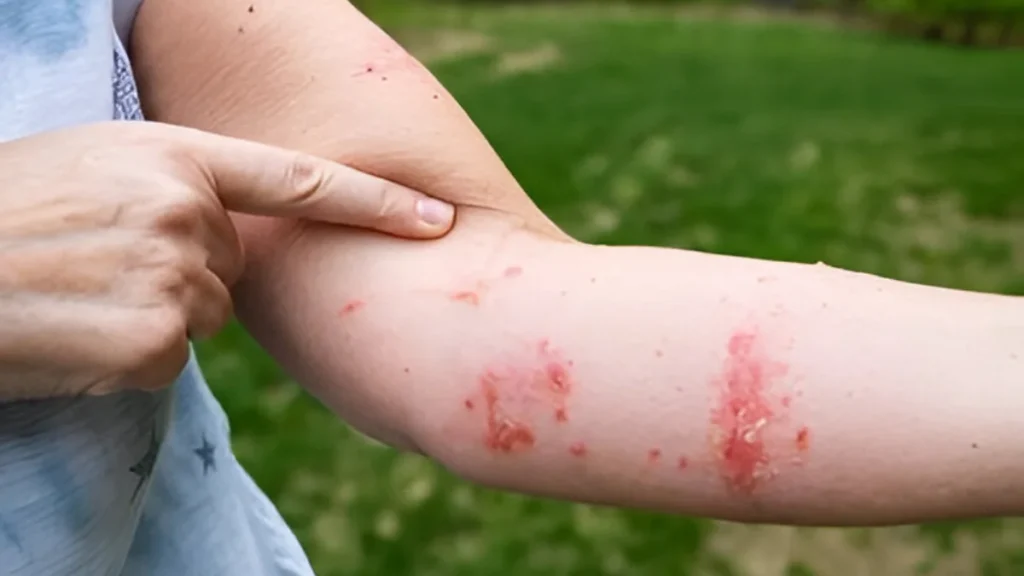
Poison oak treatment:
Immediate and appropriate therapy can significantly alleviate discomfort and accelerate recovery.
- Wash the affected skin with soap and cold water immediately, as vigorous scrubbing can cause skin damage and inflammation.
- Hydrocortisone creams, calamine lotion, and oatmeal baths help relieve inflammation and itching, while natural comfort pastes like aloe vera, witch hazel, or baking soda provide relief.
- To reduce itching, take Diphenhydramine (Benadryl) or Loratadine (Claritin).
- If the rash spreads to the eyes, mouth, or genitals, or if breathing becomes difficult, seek immediate medical attention. Oral corticosteroids may be used to treat severe reactions.
Conclusion:
Poison oak may be avoided by raising awareness, identifying it, and taking preventative measures. With adequate understanding and prompt treatment, the likelihood of developing a painful rash can be significantly decreased. Following the methods provided in this tutorial will allow you to enjoy the outdoors without worry of being exposed.
Certainly! If you’d like to learn more, please consider following our WhatsApp Channel, Facebook, Instagram, YouTube, Twitter, and Pinterest.
A frequently asked questions:
Q1: What does poison oak look like?
A1: Poison oak often has three lustrous, green or reddish leaflets that resemble oak leaves. It is commonly grown as a shrub or climbing vine and may produce yellow-white berries.
Q2: Can poison oak spread through the air?
A2: Only burning poison oak emits urushiol into the atmosphere, which is particularly hazardous. Physical touch is the major means of dissemination.
Q3: How long does the poison oak rash last?
A3: Most rashes go away within one to three weeks. Severe instances may linger longer and necessitate treatment.
Q4: Is there a vaccine or permanent immunity?
A4: Currently, there is no vaccination. Immunity can develop, but it is neither certain nor durable.

